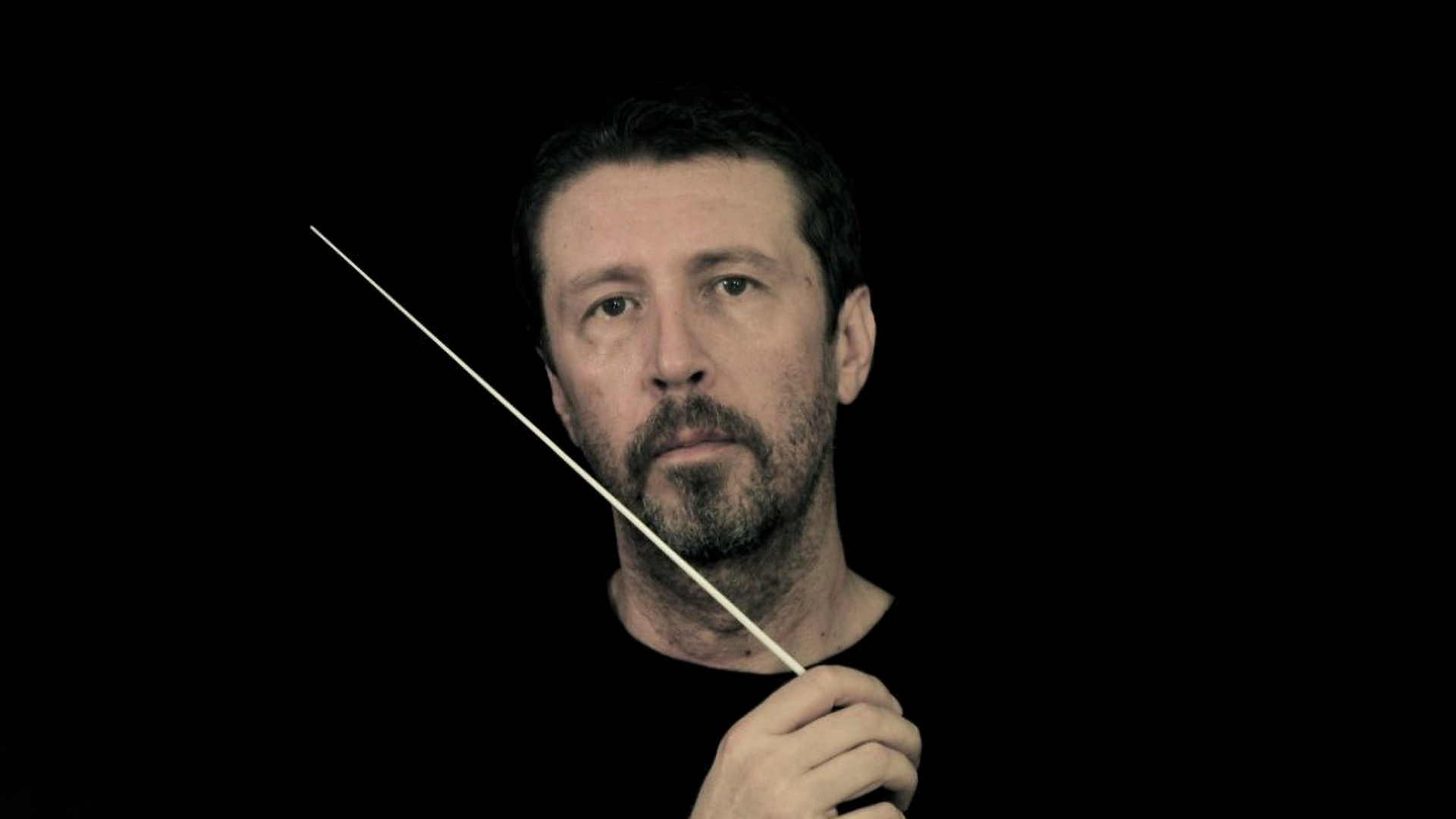CARL FRIEDRICH ABEL / WOLFGANG AMADEUS MOZART
Symphony n. 6 in mi bemolle maggiore op.7
(già Sinfonia n. 3 in mi bemolle maggiore K. 18)
NICCOLÒ ANTONIO ZINGARELLI
Sinfonia a grand’orchestra in C minor
(first modern performance)
BONIFAZIO ASIOLI
Sinfonia in do minore / maggiore
(first modern performance)
JOHANN CHRISTIAN BACH
Sinfonia in re maggiore op. 18 n. 4
WOLFGANG AMADEUS MOZART
Symphony n. Symphony n. 26 in E flat major K 184
Conductor
Vanni Moretto
Opera Carlo Felice Genova Orchestra
The Mozart l’italiano concert series investigates the significant relationship between the Italian symphonic tradition and Mozart’s writing. In this appointment to the symphonies no. 3 and n. 26 by Mozart are juxtaposed with two Italian symphonies by Niccolò Antonio Zingarelli and Bonifazio Asioli, respectively, in the first performance in modern times, and a symphony by Johann Christian Bach, known as the “Bach of Milan.”
The Symphony n. 3 K. 18 was for a long time attributed to a very young Mozart; in fact, his signature appeared on the manuscript. It was later realized that the composition was most likely by Carl Friedrich Abel, an early Classicist German composer. The same symphony was later transcribed by Mozart in 1764 with some changes in the ensemble, notably the substitution of oboes for clarinets. Transcription operations such as this, with updating of the ensemble or stylistic and formal variations, were very common in the formative years and allowed the young composer to study different scores in depth and experiment firsthand with various compositional techniques.
Niccolò Antonio Zingarelli (1752 – 1837) was a great exponent of the Neapolitan School. He devoted himself mainly to musical theater, composing some 38 fairly successful operatic titles. Active between Naples, Milan and Rome, he was the teacher of Saverio Mercadante and Vincenzo Bellini, among others. His production of sacred music is also intense, with writing of Palestinian descent and influences from the modern concertante style. The Symphony a grand orchestra in C minor is in its first performance in modern times. The unique one-movement structure, Larghetto, leaves open the possibility that the symphony did not originate as a stand-alone composition, but rather as an opening symphony for an opera.
A contemporary of Zingarelli, Bonifazio Asioli was a teacher, theorist and composer. His catalog includes 9 titles of musical theater, several titles of sacred music, cantatas, chamber music and three symphonies. Asioli had a particular rhythmic sensibility and a good talent for orchestration, traits that emerge clearly even in compositions in which instrumental music is not a leading element. The Symphony in C is performed for the first time in modern times, and has a distinctive two-movement structure. The former opens with an introductory Adagio leading to the Allegro, while the latter is in the form of a theme with variations.
The Symphony in re maggiore op. 18 n. 4 by Johann Christian Bach, younger son of Johann Sebastian, was published in 1781. The composer lived for a long time in Milan, where he was also organist of the Duomo from 1760, and largely absorbed the Italian symphonic style, so much so that he was called “the Bach of Milan.” In the Symphony in D major the Italian influence-always evident in the three-movement structure-is joined by the French influence, which appears especially in certain sections of the opening Allegro. The Andante is an arrangement from Themistocles’ Overture, with a pastoral and evocative character, while the final Rondo returns to the key of the setting with lightness and brio.
The Symphony n. 26 K. 184 belongs to a group of three symphonies of which there is no certain indication as to the date of composition. They most likely date back to 1773, at the time when Mozart was returning from his third trip to Italy. It is possible that Symphony n. 26 was commissioned from him in Milan itself; in fact, several features echo the Italian-style symphonies for opera. The three movements have no da capo, are continuous-with no cadenzas at the end of each movement in the planting key-and have a distinct dramatic vein. It is indicative that only a few months earlier Mozart had completed Lucio Scilla, an Italian-style opera staged precisely at the Teatro Regio Ducale in Milan; no doubt this recent compositional experience also influenced the stylistic choices that characterize Symphony n. 26 and thus refer specifically to Italian musical theater.
Ludovica Gelpi

